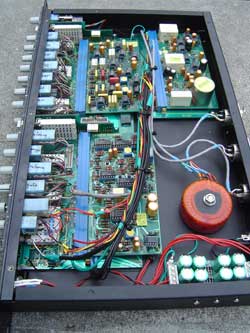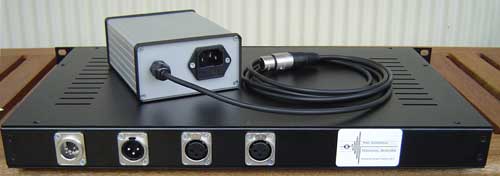Svart
Well-known member
I just found this topic again..
Since I powered up the unit the other day and it went belly up on me shortly thereafter. Open primary just like Keith predicted. I haven't been able to find a suitable replacement tranny so I might just swap the power supply stuff out with something like Keith's SSL9k powersupply and an added 5v regulator.
Since I powered up the unit the other day and it went belly up on me shortly thereafter. Open primary just like Keith predicted. I haven't been able to find a suitable replacement tranny so I might just swap the power supply stuff out with something like Keith's SSL9k powersupply and an added 5v regulator.
















![Soldering Iron Kit, 120W LED Digital Advanced Solder Iron Soldering Gun kit, 110V Welding Tools, Smart Temperature Control [356℉-932℉], Extra 5pcs Tips, Auto Sleep, Temp Calibration, Orange](https://m.media-amazon.com/images/I/51sFKu9SdeL._SL500_.jpg)



















